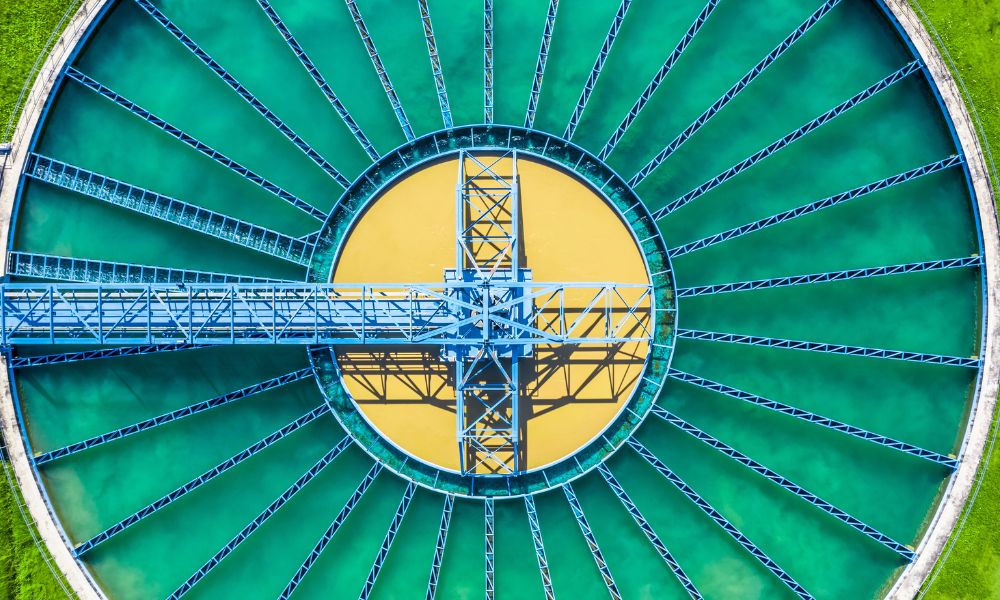
Whether you’re storing water, fertilizer, hazardous chemicals, or anything else, you don’t want leaks or spills. A high-quality tank can prevent these things from happening, but primary containment can only go so far—you need a secondary form of containment. The difference between primary and secondary containment may not seem significant, but you should capitalize on these options to keep your facility, staff, and materials safe.
What Is Containment?
Before jumping into primary and secondary containment, let’s break down what containment actually means. Containment refers to storing materials to ensure people can access them when necessary.
Consider this example: A farmer needs water to grow crops, but they can’t always rely on rain to water the fields. Rainwater can only do so much. Farmers need their own water supply that’s readily accessible. By pumping in water from the city, they're getting the resource from different reservoirs and recharge basins, two forms of primary containment.
A farmer can create their own form of primary containment, too. They’ll have readily available water by investing in a water storage tank.
Primary vs. Secondary Containment
After understanding what containment means, you’re probably wondering about the difference between primary and secondary containment. A tank, cistern, silo, or pond are all forms of primary containment. They safely hold materials and allow easy access. However, this containment can only do so much. In order to protect your materials better and the tanks or ponds themselves, you need something extra, like a liner. Liners are forms of secondary containment that many industries use.
What Does Primary Containment Look Like Without Secondary Containment?
While liners and secondary containment are not necessary, they do a lot to protect the tank and the substance it holds. Without secondary containment, your primary container will have a much shorter lifespan, and you won’t be well protected from leaks, spills, or contamination. A liner is an additional layer of protection that extends the lifespan of your tanks and keeps harmful leaks at bay.
Understanding the difference between primary and secondary containment is an important step in protecting your materials, your team, and your facility. Secondary containment keeps everything manageable and safe.
If you’re unsure where to get protection for your tanks, look no further than Royal Liner. Our tank liners are high-quality, and we custom-fit them to the dimensions of your tank to protect it and the materials inside. Don’t hesitate to contact us today if that sounds like something your business needs.
